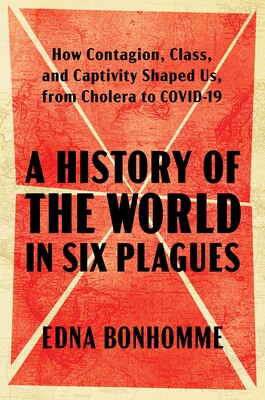In the midst of massive uncertainty and mortality, imaginations run wild. One rumor blamed a novel technology—electric lights—for the contagion. At times, even early media was an outlet for false information. On January 31, 1890, the New York Herald ran an article suggesting that illumination from railway cars and steamship cabins was somehow responsible for a global influenza outbreak, noting, after all, “the disease has raged chiefly in towns where the electric light is in common use.” The article also noted that the disease “attacked telegraph employees.” Like many statements that lacked evidence, the tale played on people’s fear that innovation, leaps apart from and beyond tradition, could be the source of bodily harm. Beyond that, the economic depression of the 1890s, juxtaposed with growing discontent with authority, cast doubt on the general state of society at the end of the nineteenth century. The world stood in shock as a disconcerting wave of war and disease swept across even the healthiest people in European society.
At the outset of World War One, influenza had a different life. Thousands of soldiers who served in the trenches in the Rhineland or resided in barracks in Eastern Europe contracted influenza and were hospitalized. Sore throats, headaches, and fevers joined in as fighters suffered from ghastly wounds incurred during the battle. Unlike bullets, the flu did not just attack flesh; it unsettled the mind because of its overwhelming power over the body; the cold sweats rippled on the skin’s surface as strength quietly receded below. Doctors monitored, treated, and theorized about the life cycle of influenza while also contending with a government that wanted nothing more than to deflect blame for disease run amok.
In societies where fear could be spread through text, governments counteracted by shaping the flu narrative. Under the 1914 Defence of the Realm Act, British media were prohibited from printing or spreading information that might “cause disaffection or alarm.” On the surface, the legislation was sensible by trying to minimize collective stress. But in reality, it unlatched the doors for censorship, particularly about the origins of the outbreak. So long as Britain was not considered the origin of the flu, publications were permitted to write as they wished. During the early months of the 1918 influenza outbreak, the British media—similar to other Western media outlets—referred to the disease as the “Spanish flu,” a denotation that bears resemblance to the 1889 “Russian Flu” outbreak.
